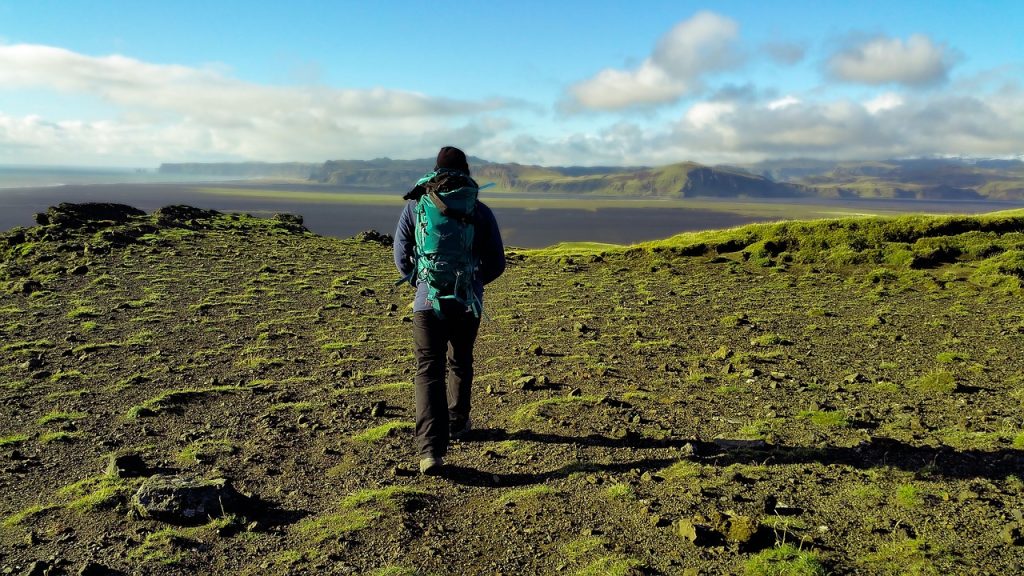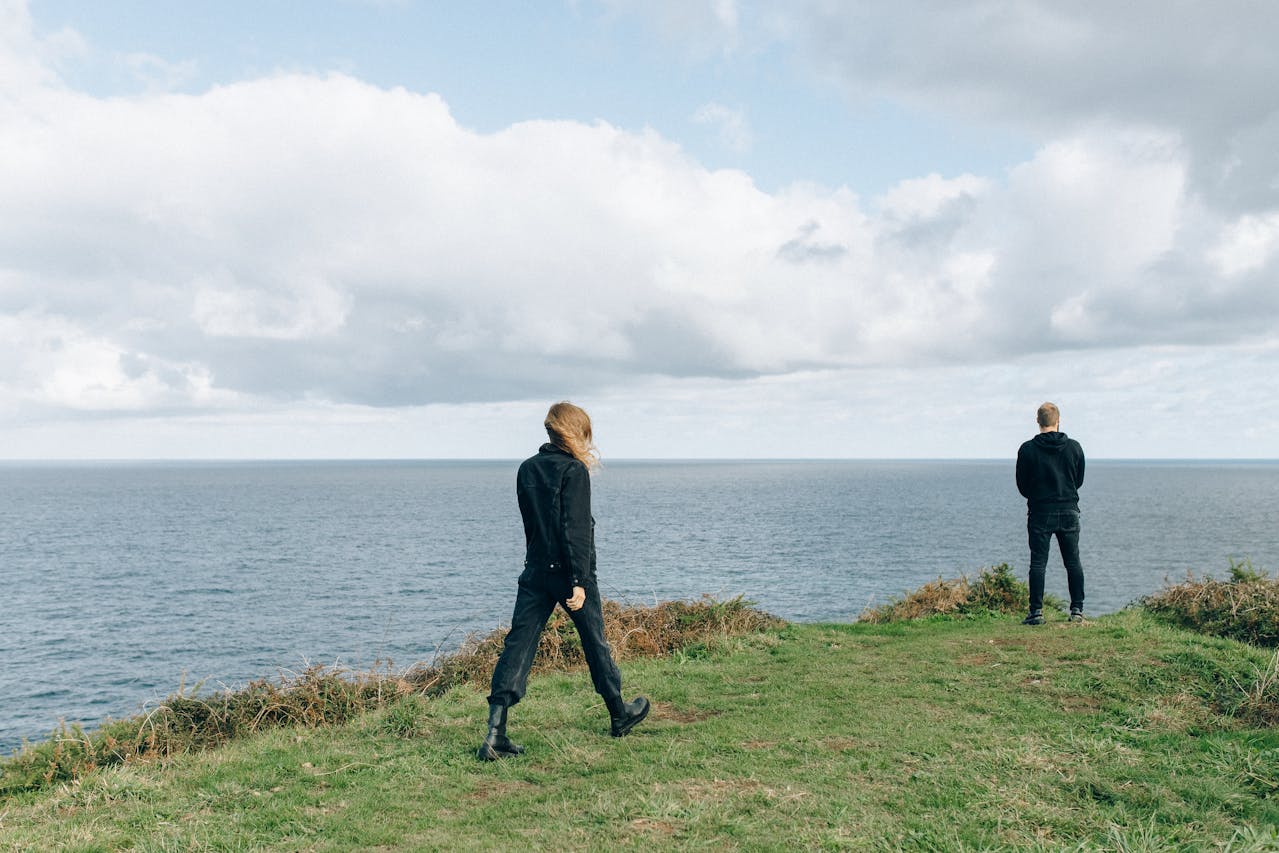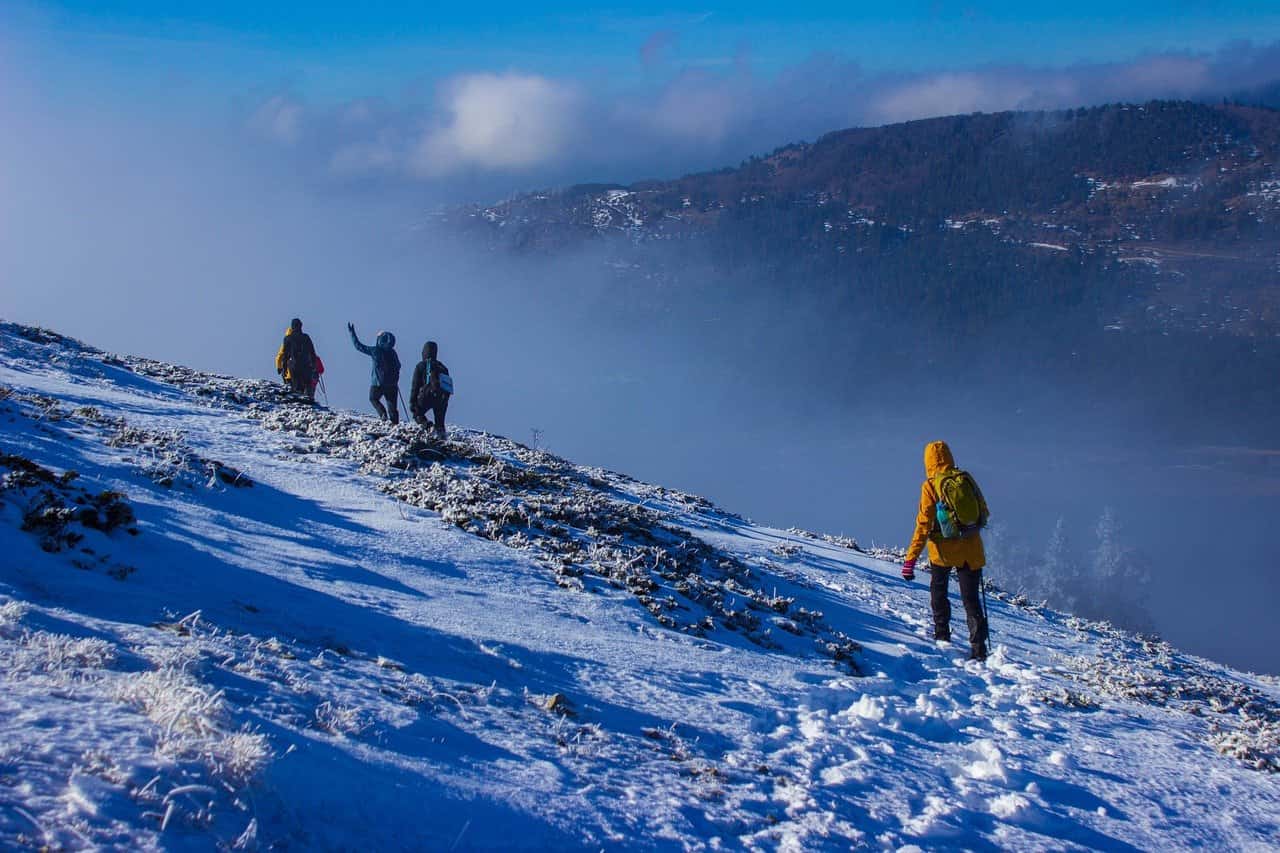We will descuss about hiking for beginners that can help you to start your hiking journy. The outdoors are open to everyone. On this beautiful earth, there are many places to explore. Are you one of them who is willing to explore? You can try hiking, which is one of the best options for exploring the world.
Are you a beginner on this journey? Let us help you with some tips for newbies.
What Are Some Different Types of Hiking?
Do you know what hiking is? It is walking in nature on a surface that can be long or short, flat or steep. You can hike for multiple days or end your journey in a day.
Basically, there are four types of hiking that everyone knows:
Day Hiking: Day hiking can be completed in a day. The distance of the hike depends on your goal, experience level, time availability, comfort level, and walking speed.
Backpacking: This type of hiking can last from more than 24 hours to a month. You need to take a special type of backpack to carry enough food, water, and all necessary gear for surviving.
Fastpacking: Fastpacking is similar to backpacking. You have to move quickly over long distances for this kind of journey. This type of hiking involves jogging, and you need to carry lightweight gear.
Thru-Hiking: Thru-hiking is a type of backpacking that starts in one place and ends in another. One of the most famous thru-hikes is the Pacific Crest Trail.
Plan You Hike for beginners:
Here are some steps to follow at the start of your hiking journey
-
- How to choose a trail
-
- Chake the Condition
-
- What to bring
-
- What to Wear
-
- Safety and Overcoming Fear
-
- Trail Etiquette
How to Choose a Trail:
There are many ways to find hiking trails. There are lots of apps that will help you find hiking trails, and you can also search on Google.
In my opinion, you should choose the nearest trail for hiking. Make sure you have done enough research on those trails. As a beginner, don’t choose difficult ones or go for backpacking trails. Choose a day hiking trail that can be completed in about two hours. Then, day by day, you can increase the duration and difficulty level of the trails.
Before going on a hiking trail, make sure you have obtained the necessary permit, if required. There are many trails where you don’t need a permit, but it’s always a good idea to inquire first, as this will help you a lot.
Check The Condition:
Depending on your chosen trail location, weather and trail conditions are essential things you should know. Check the weather forecast in the area where you are going for hiking. For beginners, sunny weather is the most enjoyable for hiking, but rain and snow can ruin your hiking journey. However, you should be aware that the weather can change at any time, especially in mountainous areas.
Here are some tips to Change the condition:
-
- Search on Google
-
- There are lots of Facebook Pages and Groups where you will get Updates.
-
- Follow their online Forums.
What to Bring:
First, take a backpack with you. If you choose a special backpack designed for hiking, it’s the best choice. In your backpack, here are the items that should be included:
-
- Navigation (GPS, Map, Compass)
-
- Extra Cloth (Warm layer, Raincoat, etc.)
-
- Extra Food (Choice is what you like to eat)
-
- Extra Water
-
- Sun Protection (Sunglass, Hat. Sunscreen)
-
- Headlamp with extra battery
-
- First Aid Kit
-
- Knife
-
- Fire (Matches. Lighter)
-
- Shelter
What to Wear:
Clothes for Sunny Day: On a sunny day, you can wear moisture-wicking clothes, which will be comfortable for your hiking journey. Avoid cotton and heavy materials, as they will make your journey more difficult.
Clothes for Rainy Day: You can wear what you wear on a sunny day, but in rainy weather, you should wear a raincoat.
Clothes for a Cold Day: In cold weather, you should add a warm layer like a jacket.
If you ask me what clothing I take with me, I always recommend taking various types of clothes, as the weather can change at any time, especially in mountainous areas.
Safety & Overcoming Fear:
Hiking can be a rewarding experience, but it’s important to prioritize safety and learn how to overcome fear. Always plan your route, carry a map, and let someone know your itinerary. Equip yourself with the right gear, including a first aid kit, and be prepared for changing weather conditions.
To overcome fear, start with easier trails, hike with a group or a friend, and gradually build your confidence. Remember, it’s natural to feel apprehensive, but with proper preparation and a positive mindset, you can enjoy the journey and the stunning views along the way.









